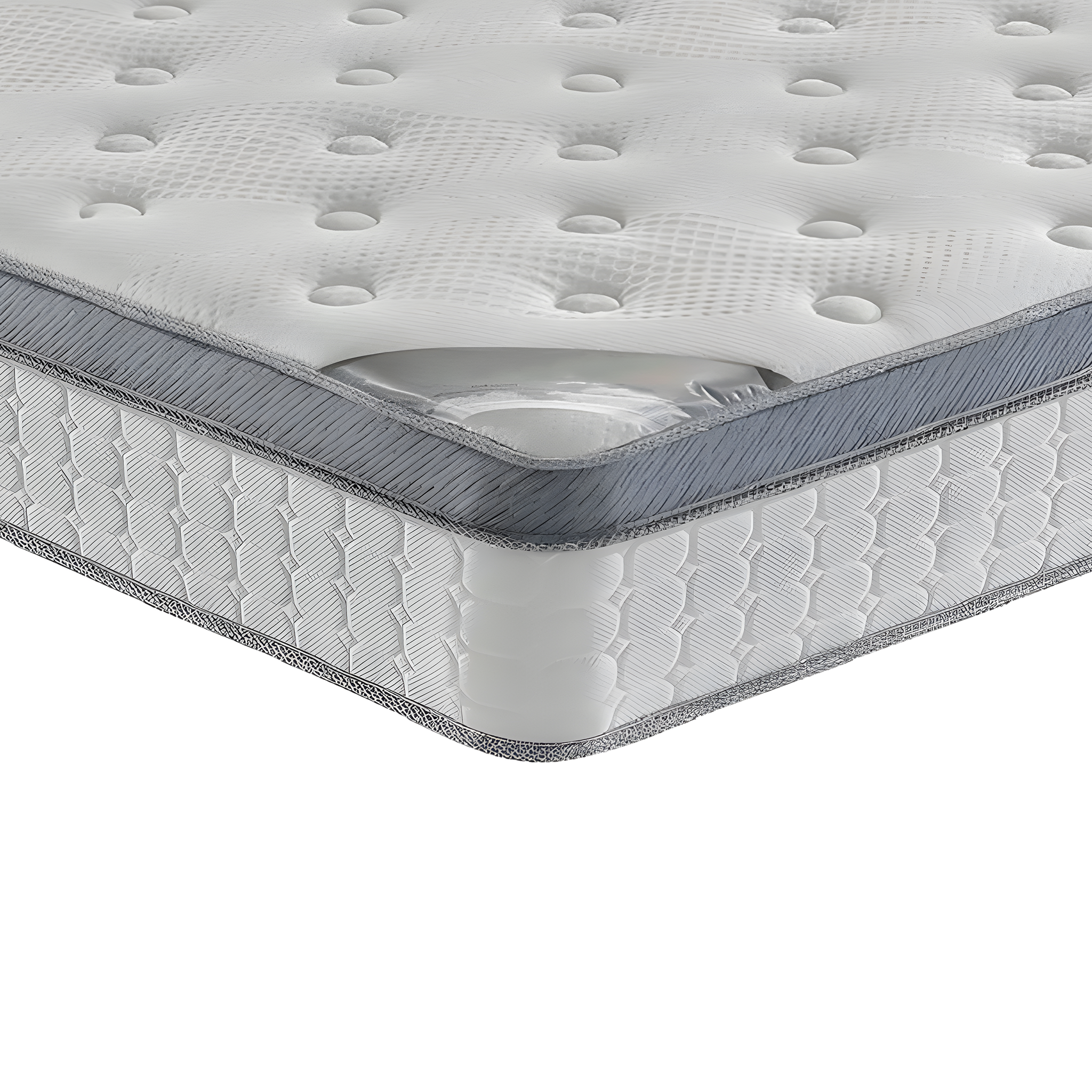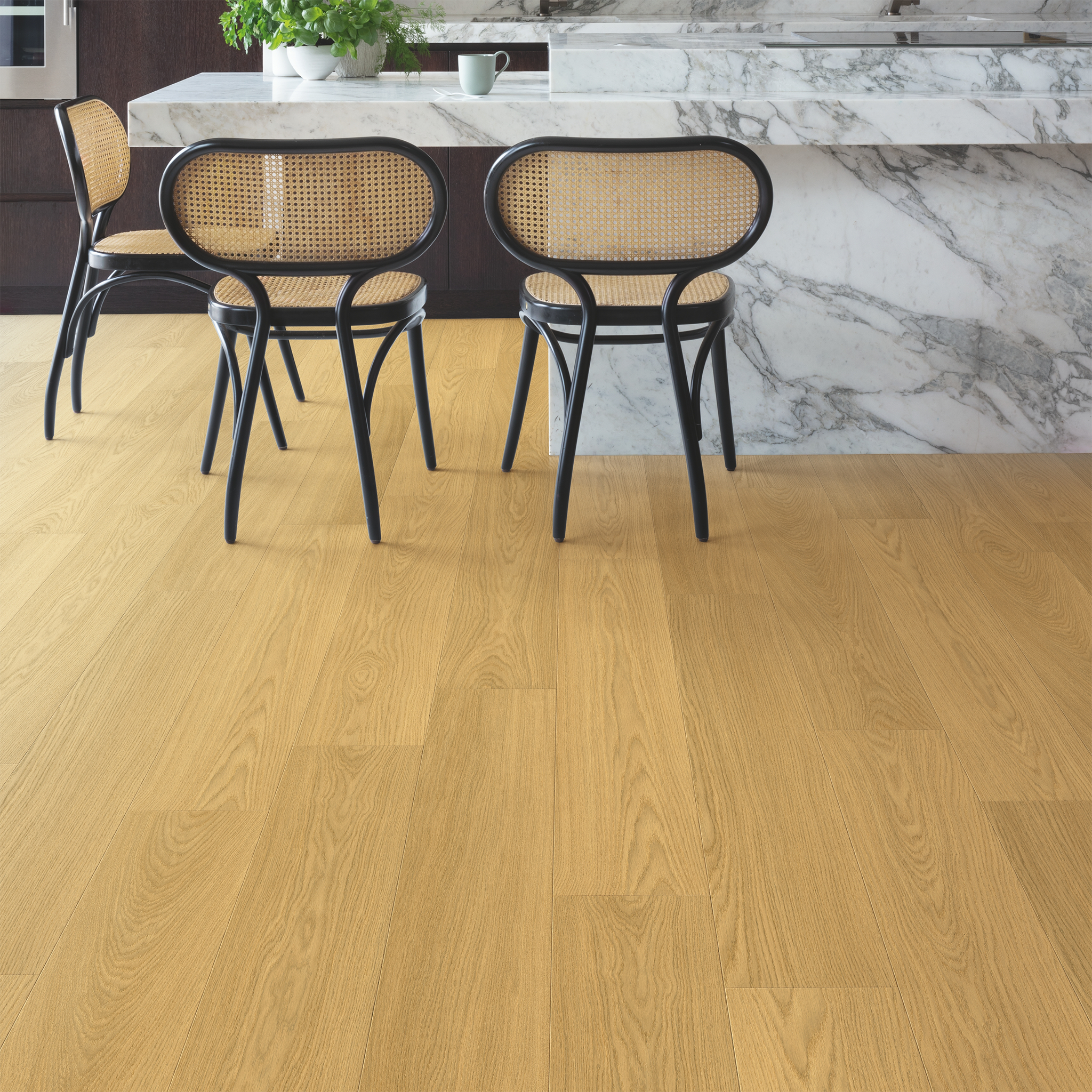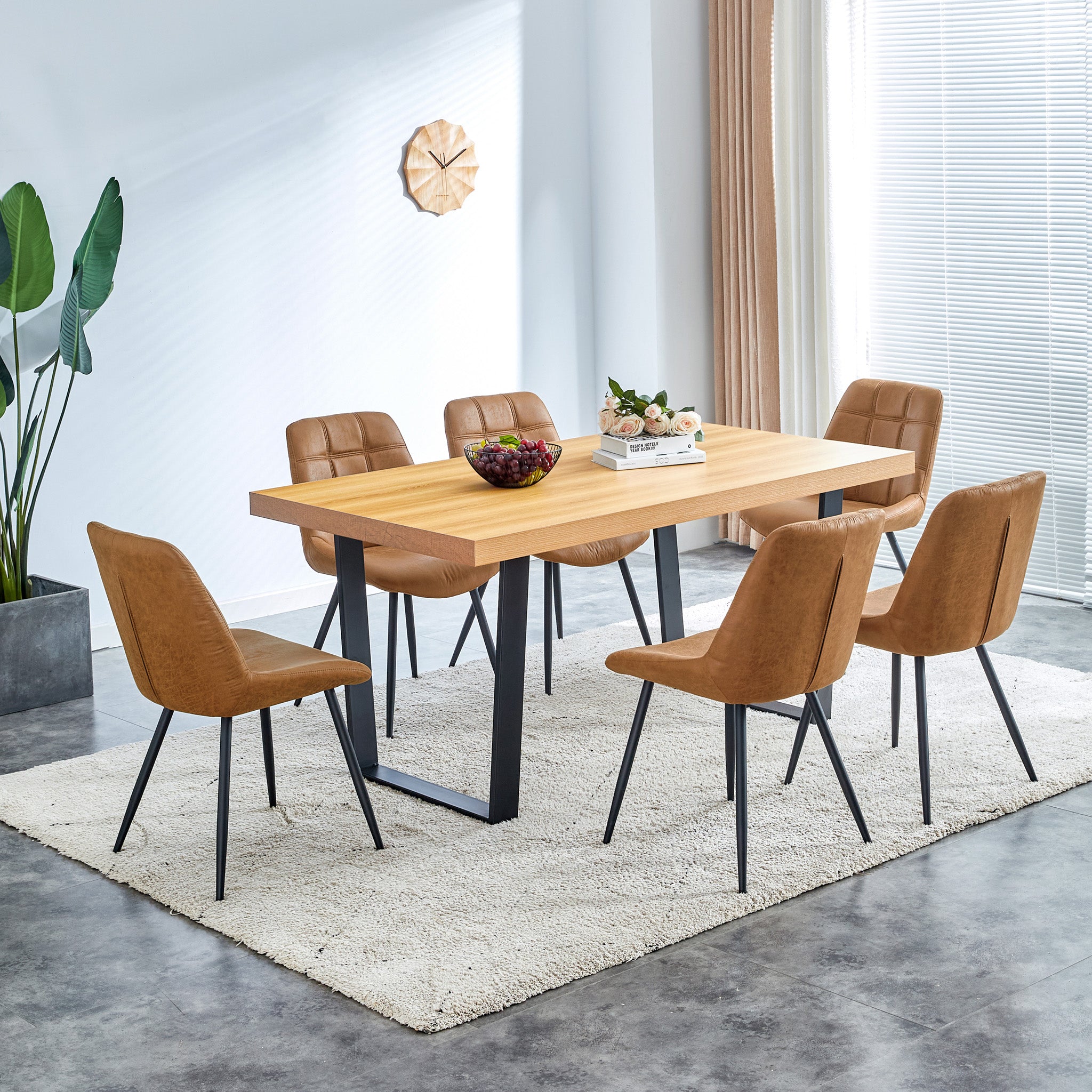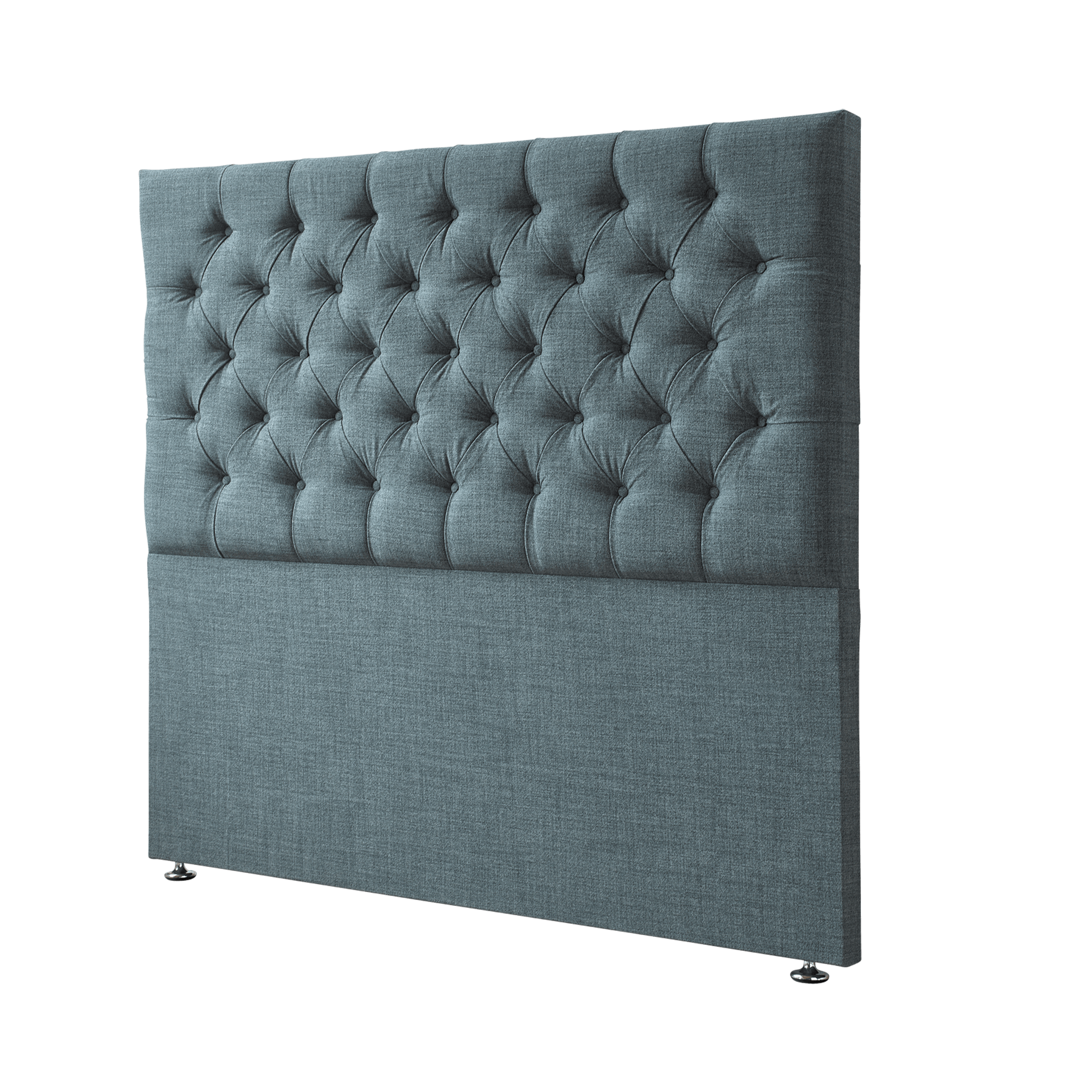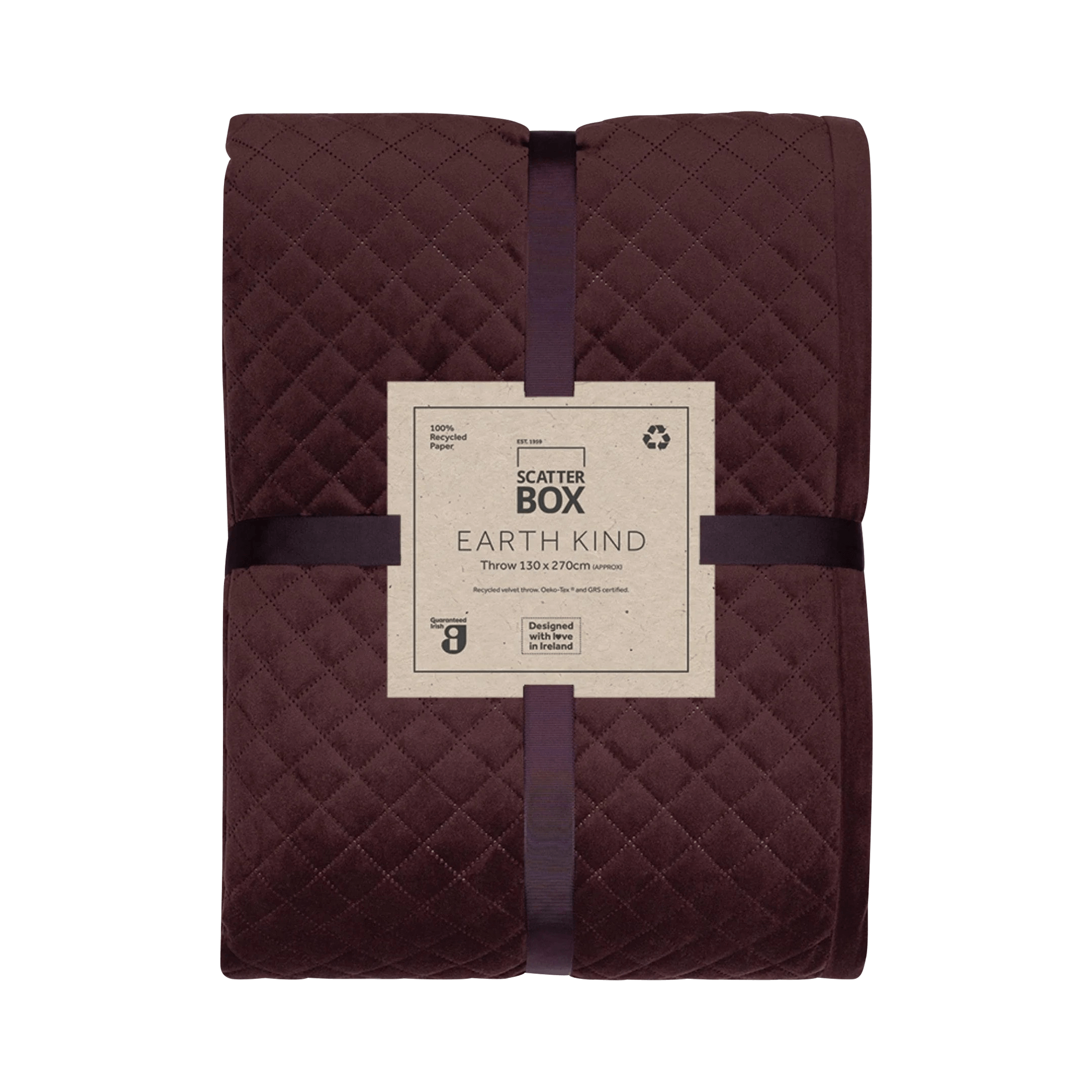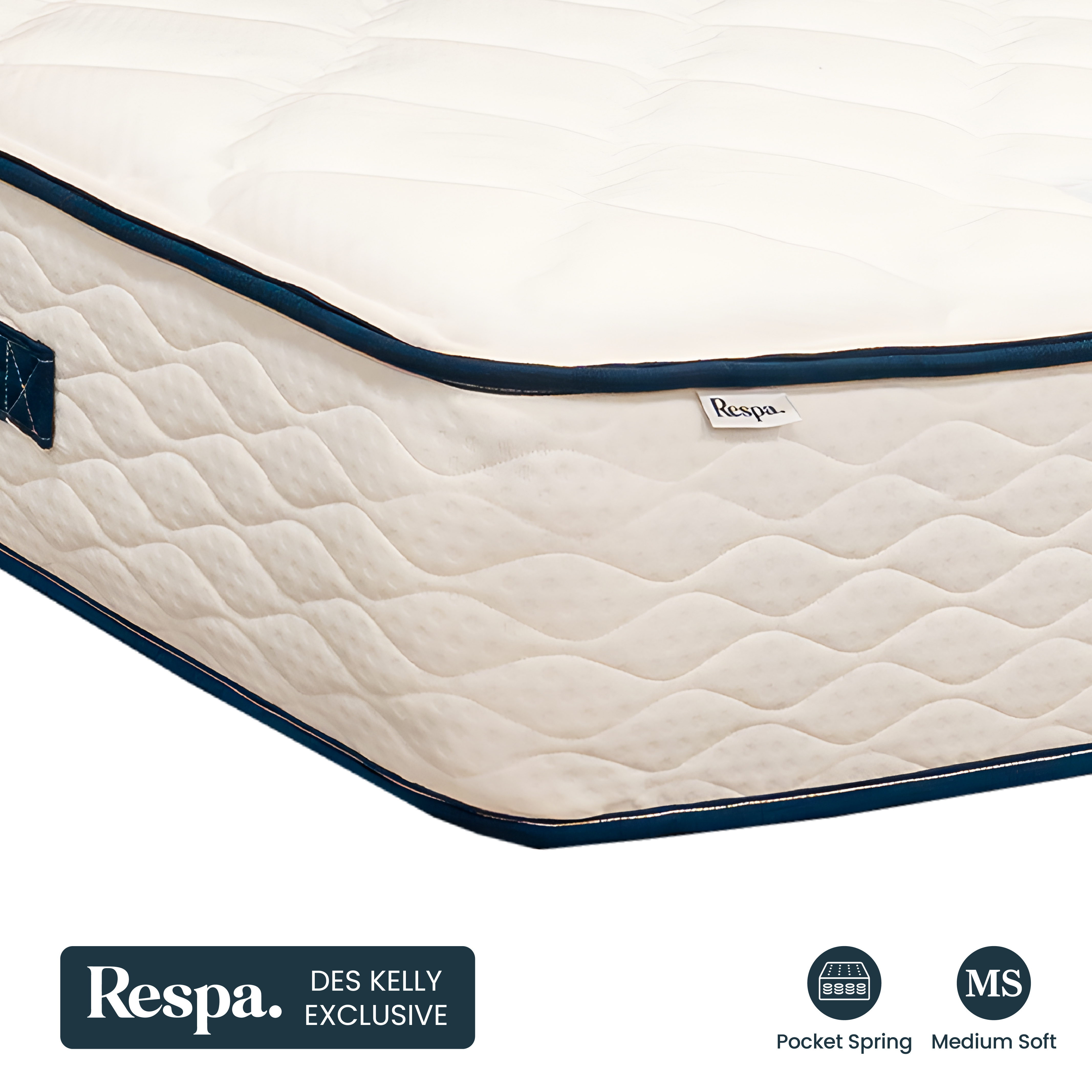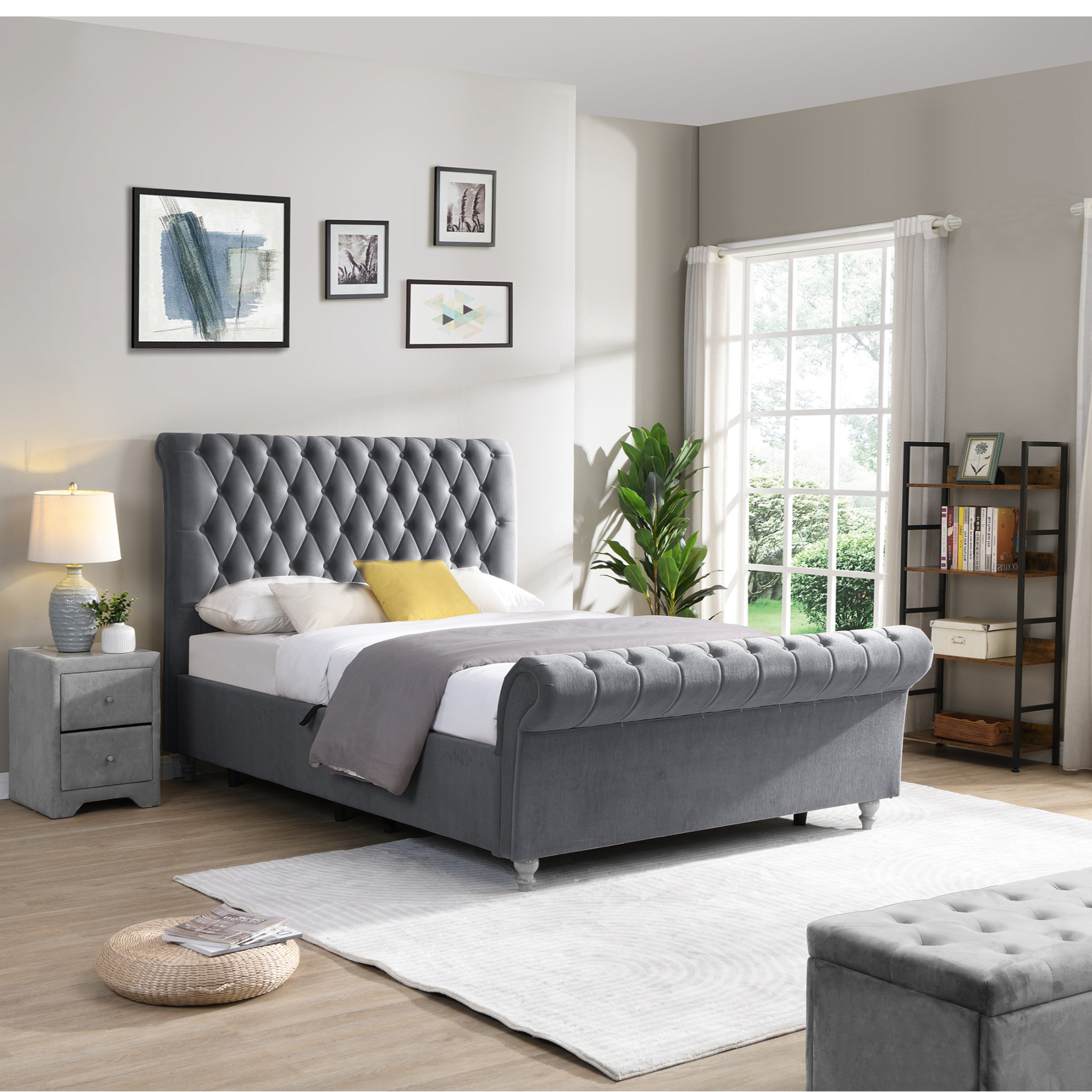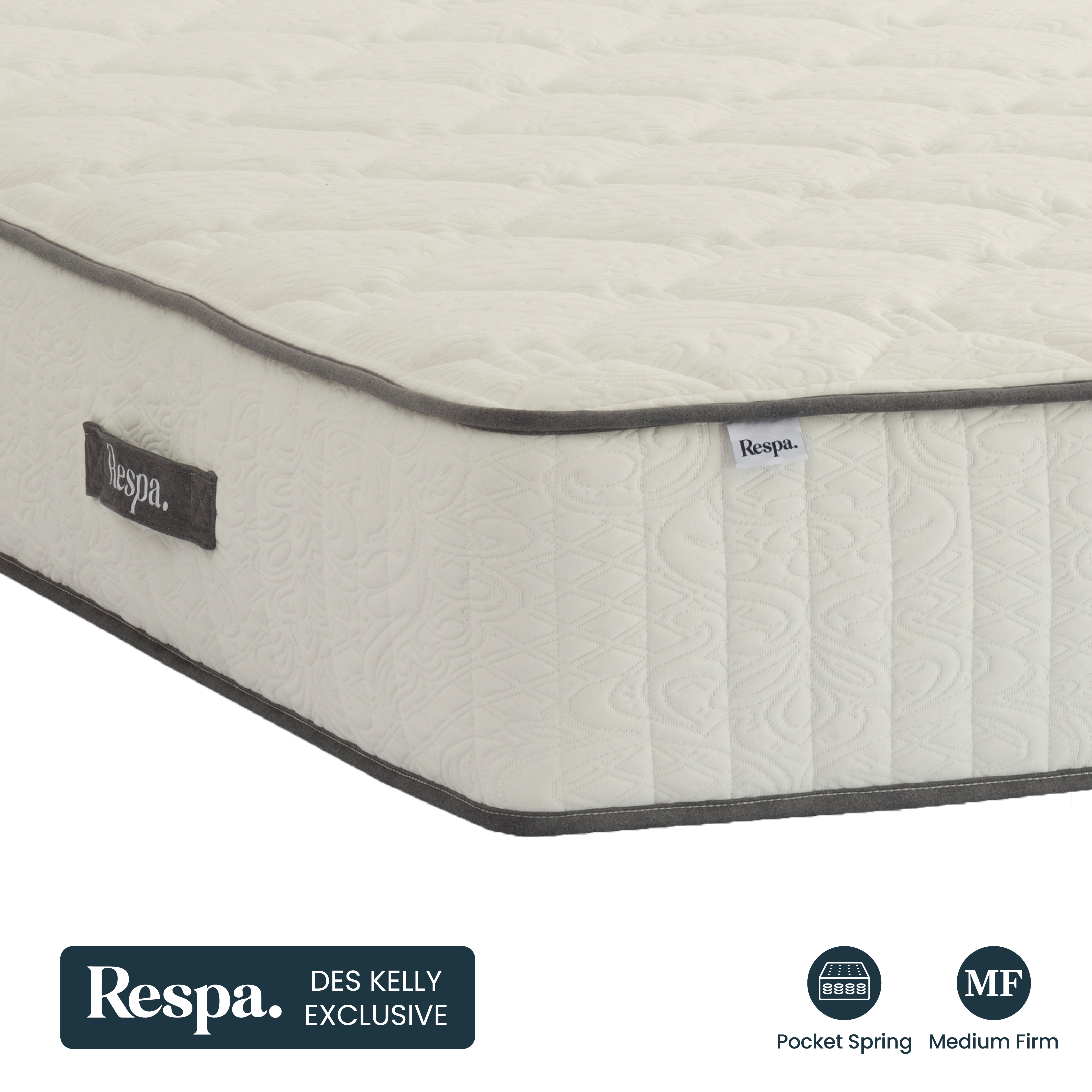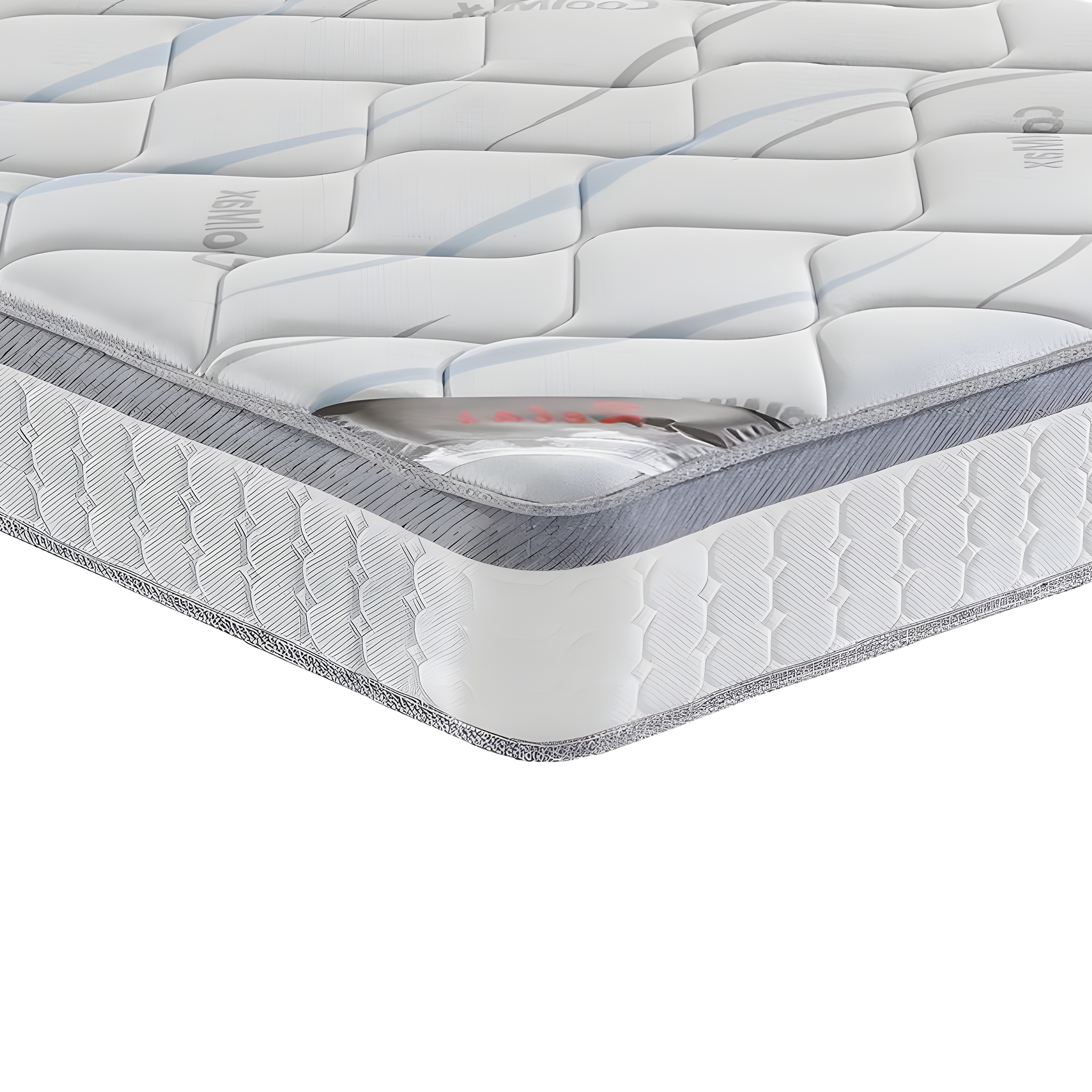
Rug Placement for Every Room: The Complete Guide
Updated 22.09.25
Why Is Rug Placement Important?
Rug placement isn’t just about aesthetics; it’s about functionality too. A well-placed rug anchors furniture, enhances comfort, and creates visual harmony. For instance, in a living room, a rug can define the seating area, while in a dining room, it can frame the table and chairs. Good rug placement can also make a room look bigger by drawing the eye outward and creating a sense of flow. Poor rug placement, however, can make a space feel cluttered, disjointed, or awkward. By understanding the principles of proper rug placement, you can elevate the look and feel of your home.

Factors to Consider Before Rug Placement
1. Measure Up & Plan
Measuring and planning are essential steps in rug placement, especially in open-plan rooms. Always allow for approximately 18 inches of visible floor around the rug edges for a balanced look. Painter’s tape is a great planning tool to visualise rug size. Match the rug shape to your room and furniture layout, and consider practical obstacles like doors or vents.
2. Consider Traffic Flow
Foot traffic should guide rug selection. In high-traffic areas, opt for durable, low-pile, or washable rugs, and secure them with underlays. Rotate rugs regularly to prevent uneven wear.
3. Use Rug Underlays
Underlays prevent slipping, add comfort, and extend the life of your rug. Always use moisture-resistant options in kitchens and bathrooms. Even rugs on carpets benefit from underlays for stability.

Rug Placement Guides for Every Room
Explore room-by-room rug placement tips to help you choose the perfect size and layout for a cohesive, stylish, and functional home.
Living Room
Use rugs to define your seating area. Aim for at least the front legs of sofas and chairs to sit on the rug. In larger rooms, place all furniture legs on the rug. Leave 12–18 inches of bare floor around the rug for a proportional look.
Here are recommended rug sizes for typical living room layouts:

Bedroom
Place the rug under the bed, extending 24 inches beyond the sides and foot for comfort and balance. In smaller rooms, position a smaller rug at the bed's foot or sides. Avoid pushing rugs too close to walls. For help choosing the right rug for your bedroom style and size, check out our full bedroom rug buying guide.
Recommended rug sizes for bedrooms:

Hallway
Choose runners to bring warmth and style to corridors. Centre them and leave a small border on either side. Avoid obstructing doors and always use a non-slip underlay.
Best rug sizes for hallways:

Dining Room
Select a rug that allows all dining chairs to remain on the rug even when pulled out, typically, 60–80 cm extra on each side. Low-pile rugs are ideal here for stability and ease of cleaning.
Rug sizes that work well in dining areas:

Layering Rugs For Texture & Depth
Layering rugs is a great way to add texture, depth, and interest to a space. Start with a larger base rug in a neutral tone or texture, such as jute or sisal. Then, place a smaller rug with a bold pattern, colour, or texture on top. For example, a vibrant Moroccan rug layered over a natural fibre base creates a visually stunning effect. Make sure the rugs are centred and proportional to the room and furniture layout to avoid a cluttered look.

FAQs: Your Rug Placement Questions Answered
How far should a rug go under the sofa?
A rug should go under at least the front legs of the sofa. In larger living rooms, placing all the sofa legs on the rug helps create a unified, anchored space.
Do you need a rug pad or underlay?
Yes, using a rug pad or underlay is recommended. It prevents slipping, protects your floors, improves comfort underfoot, and extends the life of your rug.
How do you position a rug under the bed?
To position a rug under the bed correctly, it should extend 18–24 inches beyond both sides and the foot of the bed. This ensures comfort and balance when stepping in and out of bed.
What size rug is best under a dining table?
The best rug size under a dining table is one that extends 60–80 cm beyond all sides of the table. This keeps all chair legs on the rug, even when pulled out.
Where should hallway runners be placed?
Hallway runners should be centred in the corridor, leaving equal space on each side. They should not block door movement and should have a non-slip underlay for safety.
I've measured my room, and the space is between two rug sizes. Which rug size should I choose?
When deciding between two rug sizes, it's generally better to size up. A larger rug can help anchor your furniture and create a more cohesive look, whereas a smaller rug may look disconnected or out of place.

Discover Rugs That Fit Every Room with Des Kelly Interiors
At Des Kelly Interiors, we’ve spent 50 years helping Irish homeowners find the perfect rug for their space. Whether you're enhancing comfort, style, or practicality, our wide range of high-quality rugs ensures there's something for every room and budget. Visit one of our showrooms or explore our online collection for expert guidance on choosing, sizing, and placing the perfect rug for your home.
Contact us today or visit us in-store to bring your design vision to life!




